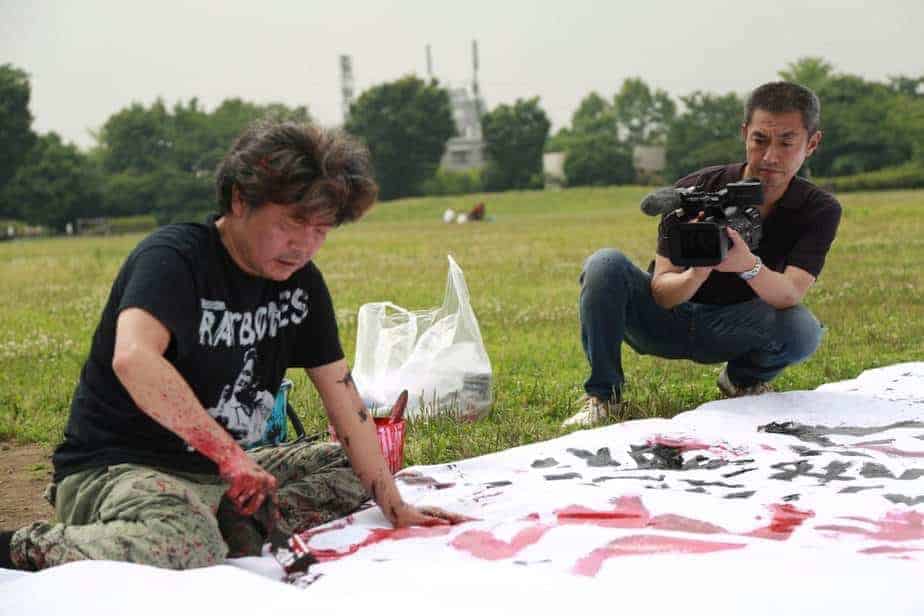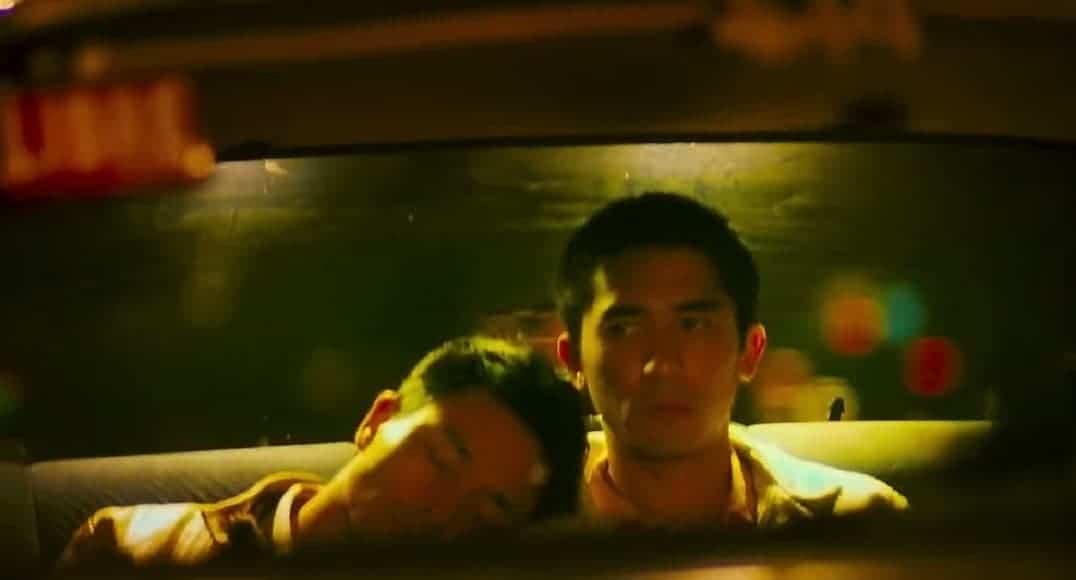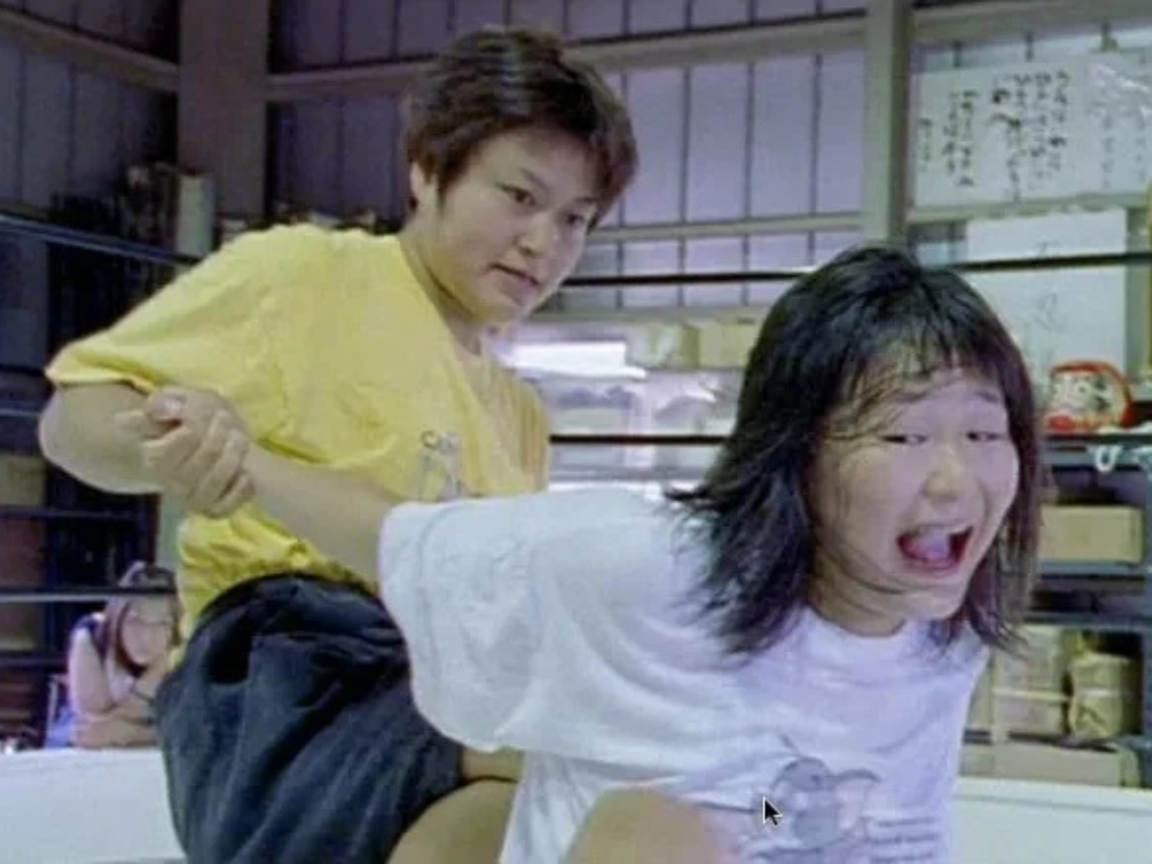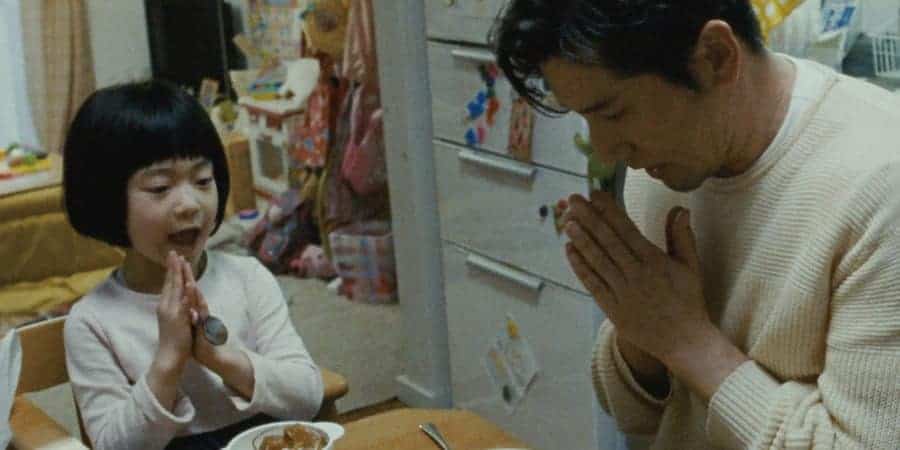The failure or success of a film, both commercially and critically, is often determined whether a film manages to capture (or embrace) a certain taste within it viewer, which again is also related to a set of conventions. Most of us are aware of the concept, which becomes even more significant when we look at the way the selection of movies shown in movie theaters, to give one example, determines these conventions, these tastes, thus defining what we might call mainstream. While looked down upon by critics and viewers (at least some of them) alike, the definition of what is mainstream often sheds light on the mindset of those in charge of our culture, those that finance a project and those who create them. Finally, everything that is not part of said mainstream, ends up having a lot of trouble being made, if indeed someone is willing to step beyond the “mainstream borders”.
Buy This Title
Considering this concept, it is without a doubt comforting, if not encouraging, seeing artists whose work continuously breaks with conventions, tastes and definitions, and who even enjoy a certain amount of success doing so. Within the vast cinematic landscape of Japanese cinema, director Sion Sono is certainly one of those artists whose work defies ideas of genre and ignore what is labeled mainstream, resulting in one of the most diverse and interesting body of works in cinema today. Films like the yakuza-rap-musical “Tokyo Tribe”, a satirical look at the film industry like “Why Don't You Play in Hell” or very personal dramas such as “The Whispering Star” are part of a versatile body of work, but which is only a small portion of what is the true Sion Sono. In his 2016 documentary “The Sion Sono” filmmaker Arata Oshima attempts to shed some light into what defines this artist who is, if his work is any indicator, undefinable.
The majority of the documentary sees Sono preparing and later on shooting “The Whispering Star”, a project he has been developing for many years. However, apart from his work as a filmmaker, Hidenori Takashashi's camera also observes Sono in his studio during his work on some paintings, and actually manages to witness the creation of one while Sono explains the foundation of what he thinks art is all about. Additionally, the films shows Sono giving street performances with his performance group Tokyo Gagaga, an exhibition based on his writing and footage from the set of “The Whispering Star” and also doing a gig with his band, whose music can be heard in many of his features.

Given this overview of the various facets the movie takes a look at, Sion Sono is presented as an artist whose sheer versatility defies any sense of categorization. Indeed, at one point in the film, Sono even jokingly remarks if there was a category for him it should just have his name, given its uniqueness among the majority of Japanese culture. However, Oshima's film occasionally goes beyond the shell of the artist, showing the man who is deeply affected by events he witnesses and stories he hears; for example, when he talks to a man who lost his farm after the 3/11 disaster. At the same time, the artist Sion Sono never loses sight of these moments and these feelings, implementing them in works like “Land of Hope” and “The Whispering Star”. Besides being works of great skill and beauty, Sono also takes a critical look at his home country in these films, showing the way people live in the aftermath of events which are beyond their control.
Whereas some artists are secretive about the creative process, Sono seems quite open about how he makes art, even demonstrating the process on a blank canvas. The camera observes Sono splattering the white space, adding a few lines here and there and finally spitting beer all over the already messy image, before he finally puts his hands on the canvas in order to make it even messier. There is not good or bad, as he says, since, just like in life, we are defined by both extremes in equal measure, even though we favor the good when asked about it. However, since what is good or bad is highly subjective and arbitrary, similar to the aforementioned concept of mainstream and its conventions, any artist should work independently of these concepts. “Paint, express, and live” is what one should do, according to the smiling Sion Sono who looks at the mess he has created.
In the end “The Sion Sono” is an interesting portrayal of one of the most significant artists working today. Director Arata Oshima questions our concepts of culture and taste based on an artist whose has blurred the distinction of life and art for himself, creating a unique and controversial body of work in Japanese cinema.
















